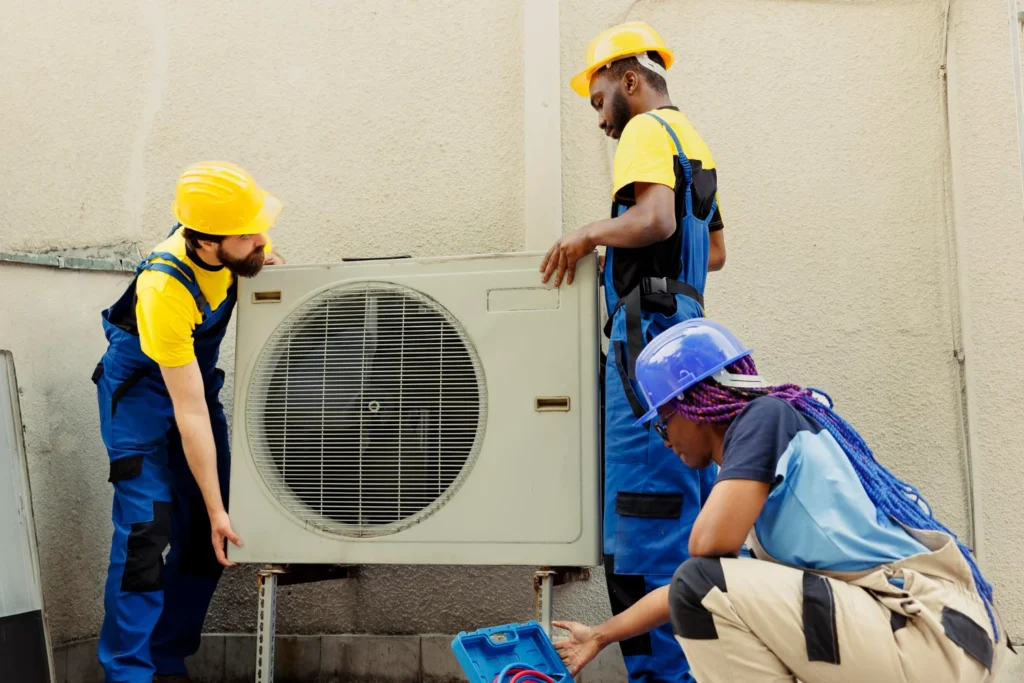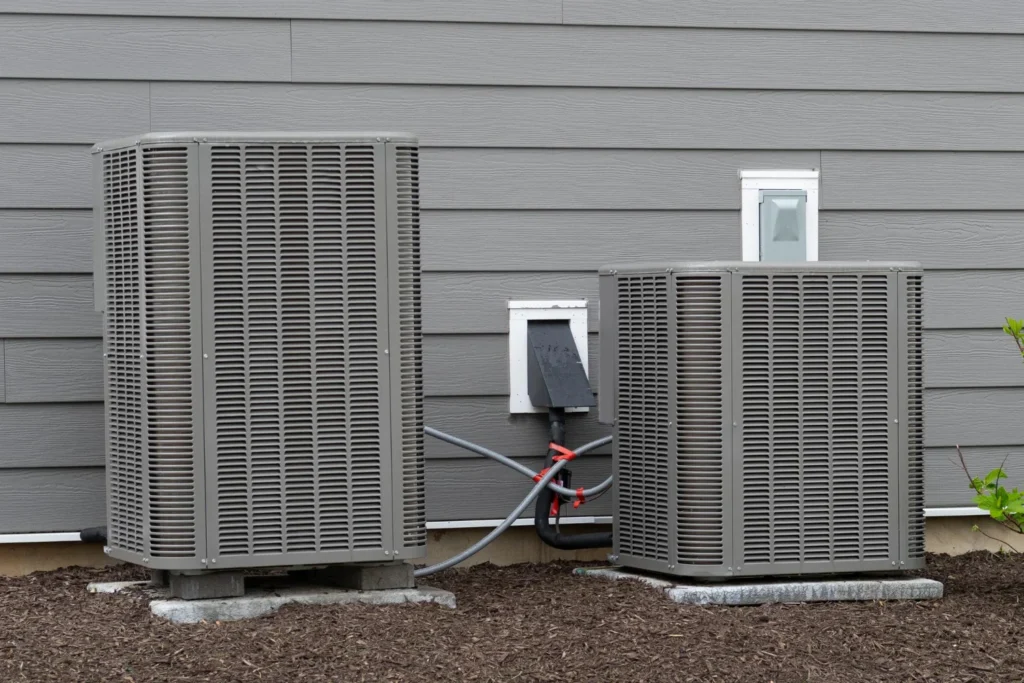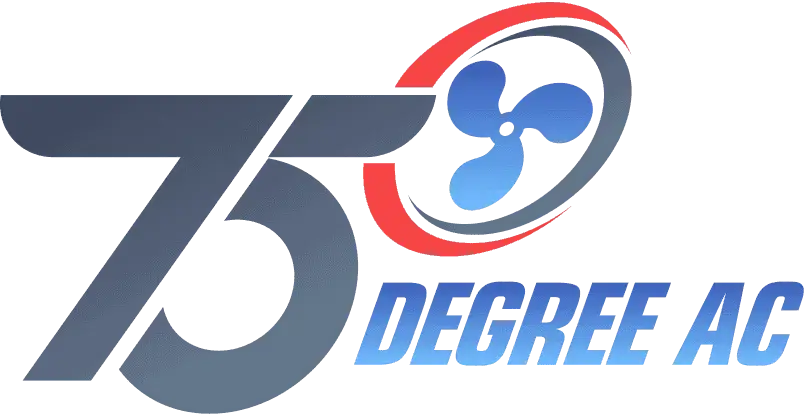Get ready to explore the fascinating world of static pressure HVAC and uncover its surprising effects on your HVAC system. From energy efficiency to indoor comfort, you’ll discover how this often-overlooked factor plays a crucial role in your home’s heating and cooling performance.
Buckle up as we delve into the unexpected ways static pressure HVAC can impact your daily life and your wallet. Whether you’re a homeowner looking to optimize your HVAC system or a curious enthusiast eager to learn more, this guide is packed with valuable insights and practical tips. Say goodbye to guesswork and hello to a deeper understanding of how static pressure affects the performance of a system.
Static Pressure HVAC: Understanding, Managing, And Optimizing Your System

In the intricate world of HVAC (Heating, Ventilation, and Air Conditioning) systems, static pressure stands as a cornerstone concept. It delineates the force exerted by air molecules within the ductwork when the air remains stationary.
Essentially, it’s the measure of pressure that air applies against the walls of the ducts and other system components when the HVAC system operates.
What is Static Pressure?
Static pressure constitutes a pivotal parameter in HVAC engineering and design. It’s crucial for maintaining proper airflow and detection of system performance. A nuanced understanding of static pressure is vital for homeowners and HVAC professionals alike to ensure optimal system operation and efficiency.
How Does Static Pressure Affect My System?
Static pressure plays a pivotal role in determining the efficiency and performance of an HVAC system. External static pressure, which applies from the outside of the system, must be meticulously balanced with internal static pressure to ensure proper airflow and ventilation.
When static pressure escalates, it can impede airflow, leading to decreased system efficiency, elevated energy consumption, and potential damage to system components like fans and motors. Conversely, low static pressure can indicate leaks or other issues in the ductwork, resulting in inefficient operation and diminished comfort levels.
How Do You Fix Static Pressure Problems?
Tackling static pressure issues necessitates a systematic approach. HVAC professionals employ specialized tools and techniques to measure static pressure levels across the ductwork.
By discerning areas of elevated or diminished static pressure, they can diagnose airflow problems and devise targeted solutions. These remedies may encompass duct resizing, fan speed adjustments, installation of additional ductwork components, or upgrading to more efficient equipment.
High vs. Low Static Pressure
Comprehending the distinction between high and low static pressure is crucial for diagnosing and remedying airflow issues in HVAC systems. High static pressure typically signals a restriction or blockage in the ductwork, culminating in reduced airflow and heightened energy consumption. Conversely, low static pressure may indicate leaks or other anomalies in the ducting system, resulting in inefficient operation and curtailed comfort levels.
How Do I Prevent Static Pressure Problems?

Proactively averting static pressure problems necessitates regular maintenance and thorough inspections of the HVAC system. Homeowners can adopt several measures to sustain proper airflow and ventilation:
- Frequent replacement of air filters to forestall clogs and restrictions.
- Ensuring meticulous sealing of duct joints and connections to thwart leaks.
- Periodic cleaning of ducts and vents to eliminate dust, debris, and other impediments.
- Scheduling annual HVAC maintenance inspections to identify and redress potential issues before they exacerbate.
4 Critical Parts of An Air Conditioning Unit
To gain insight into how static pressure impacts HVAC systems, it’s imperative to acquaint oneself with the pivotal components of an air conditioning unit:
- Compressor: The linchpin responsible for circulating refrigerant through the system, thereby facilitating heat exchange and cooling.
- Condenser: A vital component that cools the refrigerant, transforming it from a high-pressure gas to a liquid.
- Evaporator Coil: Integral for absorbing heat from indoor air, precipitating the refrigerant’s evaporation and subsequent air cooling.
- Expansion Valve: Crucial for regulating the flow of refrigerant, thereby controlling the system’s temperature and pressure.
How Is Static Pressure Measured?
HVAC professionals employ specialized instruments like manometers or pressure gauges to gauge static pressure. These tools quantify the pressure exerted by the air inside the ductwork, enabling technicians to evaluate airflow conditions and discern potential restrictions or blockages that might affect system performance.
What Are The Effects of Static Pressure HVAC Systems?
Excessive static pressure can engender reduced airflow, heightened energy consumption, diminished system efficiency, and possible damage to system components such as fans, motors, and coils. Conversely, low static pressure may portend leaks or other anomalies in the duct system, leading to inefficient operation and diminished comfort levels.
HVAC Glossary: Common AC Terms & Abbreviations Every Homeowner Should Know

- SEER: Seasonal Energy Efficiency Ratio, a metric delineating the efficiency of air conditioning systems.
- BTU: British Thermal Unit, the measurement of resistance to airflow within your heating and cooling.
- MERV: Minimum Efficiency Reporting Value, a rating system for air filters based on their efficacy in capturing particles.
- HVAC: Heating, Ventilation, and Air Conditioning, the system responsible for heating and cooling indoor spaces with the help of their inside heating and cooling equipment.
What Causes High Static Pressure, and What Can You Do About It?
High static pressure can arise from an array of factors, including undersized ducts, excessive bends or twists in the ductwork, clogged filters, closed or obstructed vents, or malfunctioning equipment. Addressing high static pressure entails identifying and rectifying the underlying issues, such as duct resizing, filter cleaning or replacement, fan speed adjustment, or installation of additional ductwork components.
What About Low Static Pressure?
Low static pressure might indicate leaks or other irregularities in the duct system, such as improperly sealed joints, disconnected ducts, or inadequately sized ducts. Rectifying low static pressure typically involves identifying and repairing leaks, sealing duct joints, resizing ducts as needed, and ensuring proper airflow throughout the system.
Possible Solutions for Problems with Static Pressure
Try Replacing Your Filter
Regularly replacing air filters is pivotal for averting clogs and restrictions that might precipitate increased static pressure and reduced system efficiency. Adhering to manufacturer recommendations for filter replacement intervals is vital to maintaining optimal airflow and system performance.
Consider Upgrading or Renovating Your System
If static pressure issues persist despite routine maintenance and repairs, it may be prudent to contemplate upgrading or renovating your HVAC system. Consulting with a qualified HVAC technician can aid in assessing your system’s needs and exploring potential solutions, such as replacing outdated equipment, resizing ductwork, or upgrading to a more efficient system.
FAQ More About Static Pressure HVAC
What is a Good Static Pressure for HVAC?
An excellent static pressure for HVAC systems typically falls within the range of 0.5 to 0.8 inches of water column (in. WC). However, this may vary depending on the specific system and application. Consulting with a qualified HVAC technician is paramount to ascertain the ideal static pressure for your system.
What Happens When Static Pressure is Too High?
When static pressure escalates beyond optimal levels, it can constrict airflow, curtail system efficiency, increase energy consumption, and potentially compromise system components like fans, motors, and coils. Promptly addressing high static pressure is imperative for preserving optimal HVAC system performance and longevity.
How Do I Fix Static Pressure in My HVAC?
Rectifying static pressure issues entails identifying and addressing the root causes, which may encompass duct resizing, filter cleaning or replacement, fan speed adjustment, or installation of additional ductwork components. Consulting with a qualified HVAC technician is advisable for accurate diagnosis and effective solutions tailored to your system’s difficulties.
What Happens if Static Pressure is Too Low?
Low static pressure might indicate leaks or other anomalies in the duct system, resulting in inefficient operation, diminished comfort levels, and possible damage to system components. It’s indispensable to identify and rectify any leaks or anomalies in the ductwork to maintain proper static pressure and ensure optimal HVAC system performance.
Is it Better to Have a Higher or Lower Static Pressure?
Maintaining static pressure within the recommended range for your HVAC system is pivotal for optimal performance, efficiency, and comfort. Both high and low
What is static pressure HVAC systems?
Static pressure HVAC systems refers to the resistance to airflow within ducts and components. It’s crucial for maintaining optimal airflow and system efficiency.
How does static pressure hvac impact system performance?
Static pressure HVAC directly affects system performance by influencing airflow velocity and distribution. Elevated static pressure can strain components, leading to reduced efficiency and comfort issues.
What are common static pressure issues in HVAC units?
Common static pressure issues in HVAC units include duct leaks, improper duct sizing, blocked vents, and dirty filters. These issues can result in reduced airflow and system inefficiencies.
How can I measure static pressure in my HVAC system accurately?
To measure static pressure accurately in your HVAC system, you can use a manometer, a device that measures pressure differences within the ductwork. Proper measurement helps diagnose and address static pressure problems effectively.
What are some effective tech tips for troubleshooting static pressure problems in HVAC units?
Effective tech tips for troubleshooting static pressure problems in HVAC units include ensuring proper duct sizing and design, regular maintenance to keep filters and ducts clean, adjusting fan speeds or blower settings as needed, and sealing duct leaks to minimize pressure loss.
Conclusion
In conclusion, understanding the role of static pressure in HVAC systems is essential for maintaining optimal performance and efficiency. By grasping its effects and learning how to address static pressure problems, homeowners can ensure their HVAC systems operate smoothly and effectively.
For expert HVAC services in the Richmond, TX area, trust 75 Degree AC. With years of experience and a commitment to customer satisfaction, we specialize in HVAC repair, maintenance, and installation. Contact us today at (713)-598-2737 or email us at 75degreeacservices@gmail.com to schedule an appointment. Let 75 Degree AC keep your home comfortable all year round.
